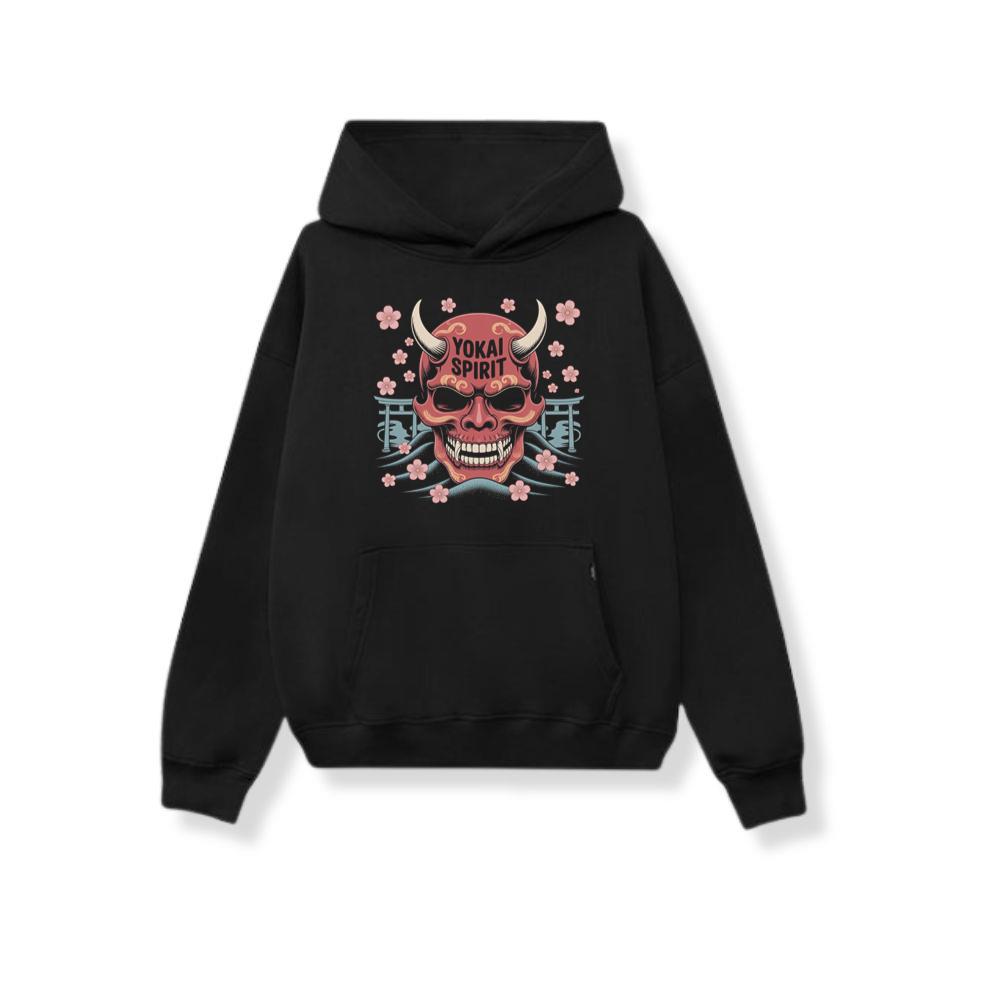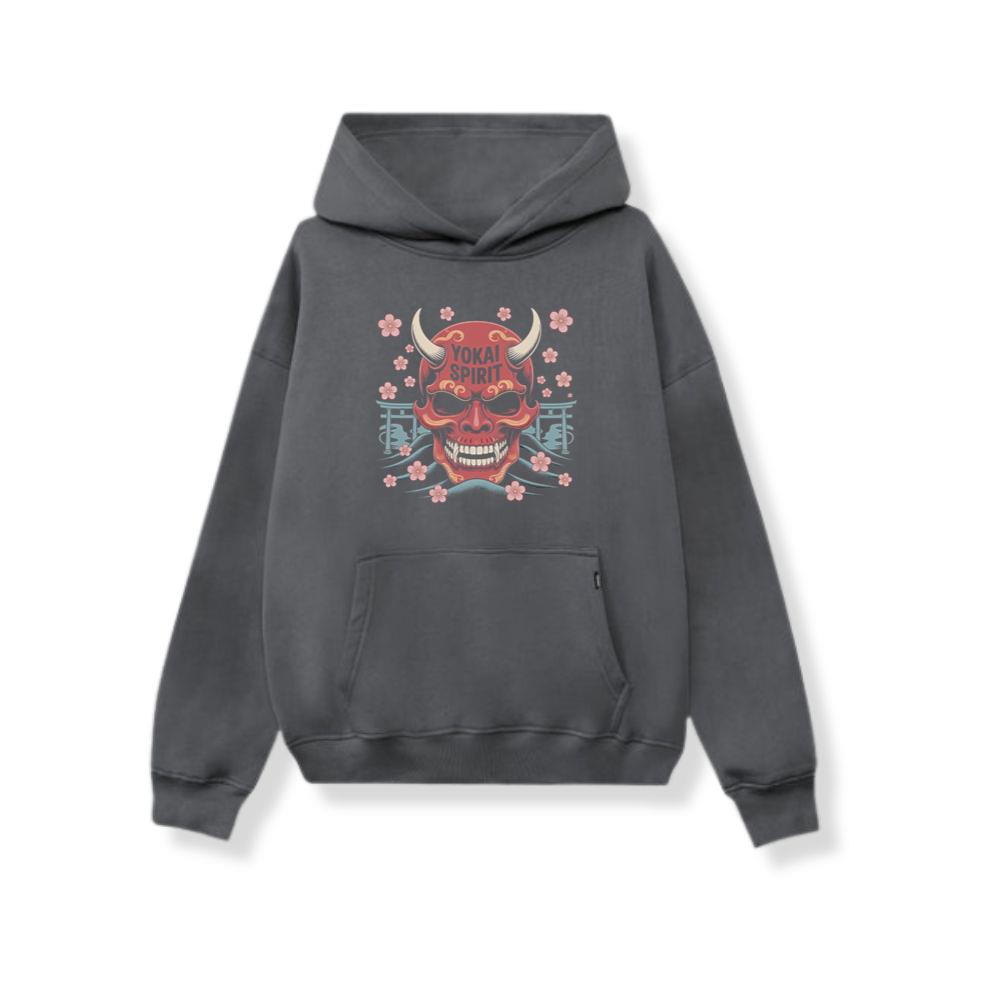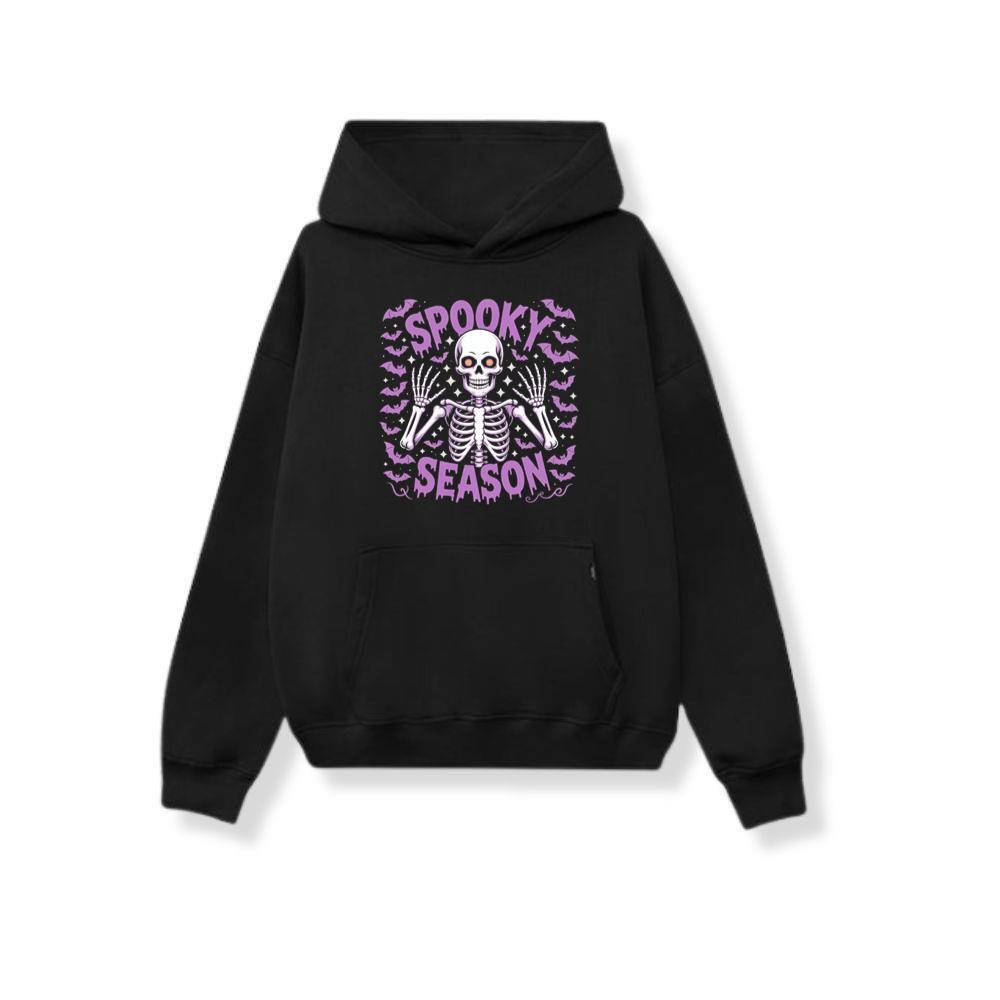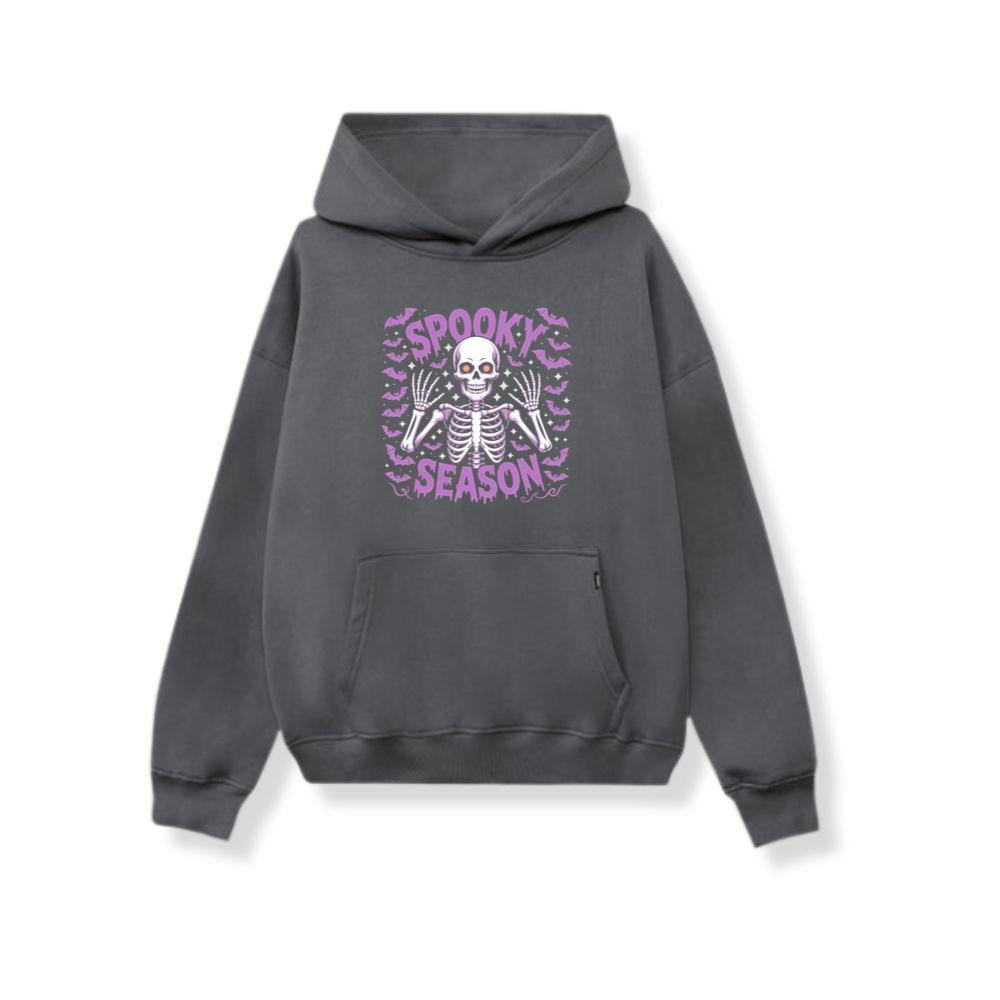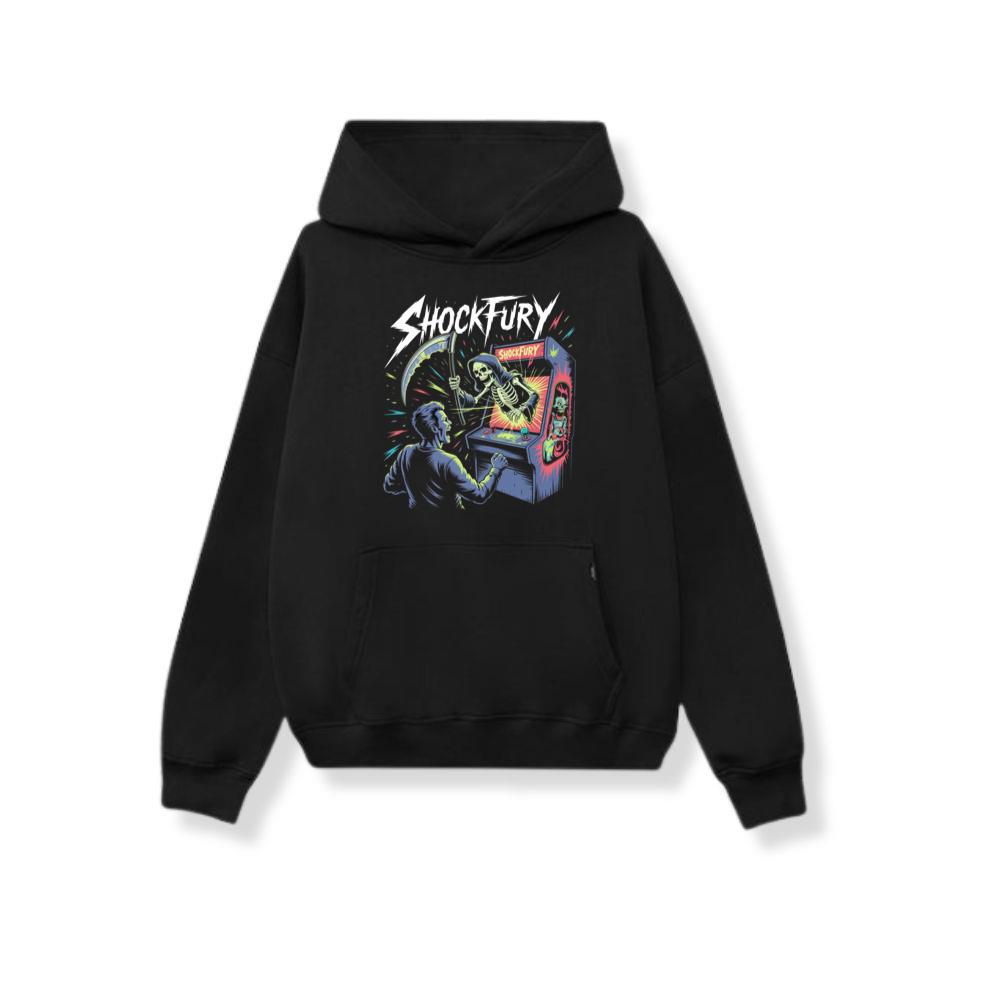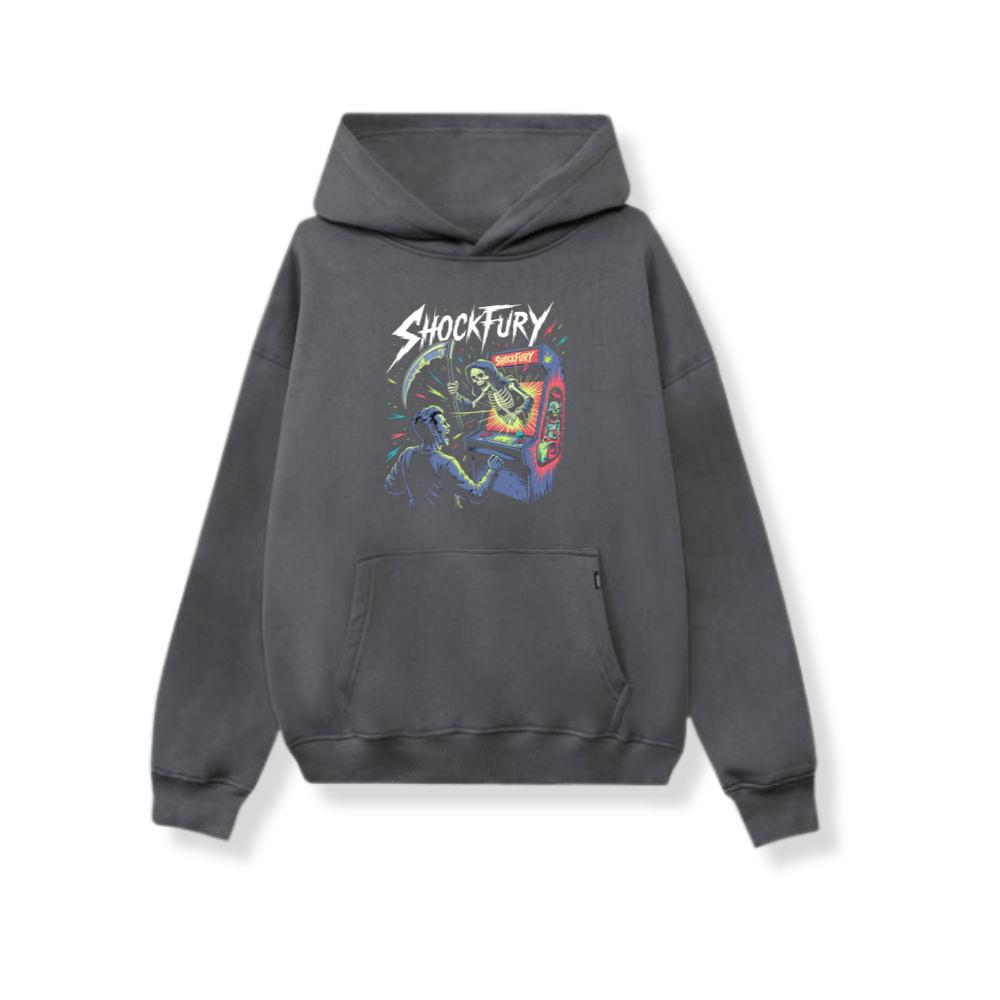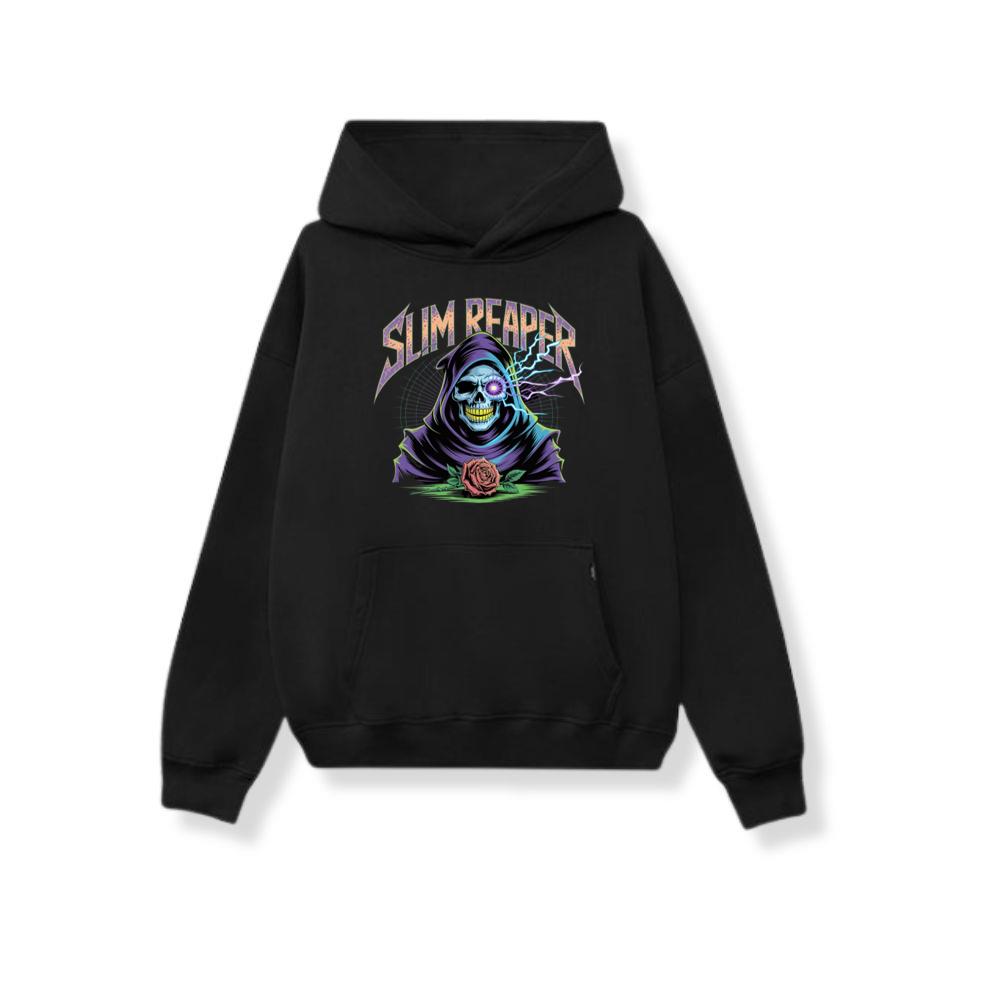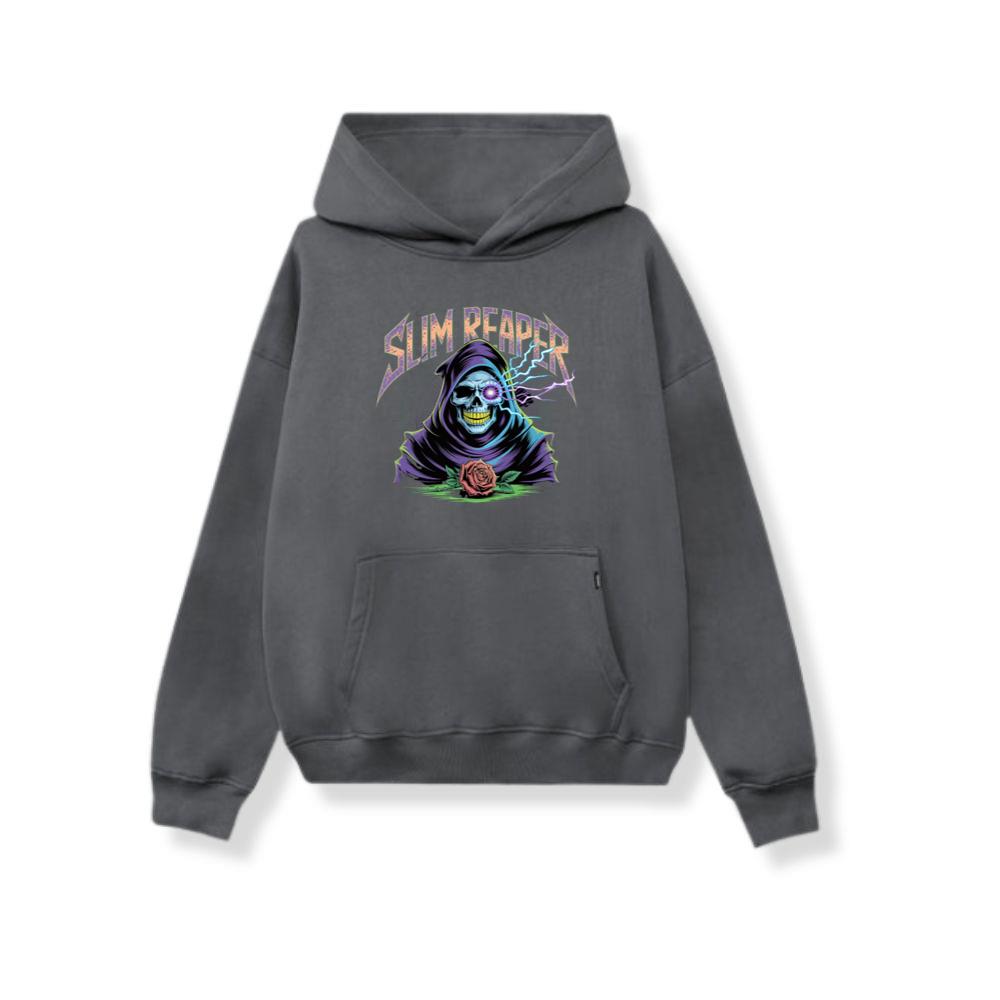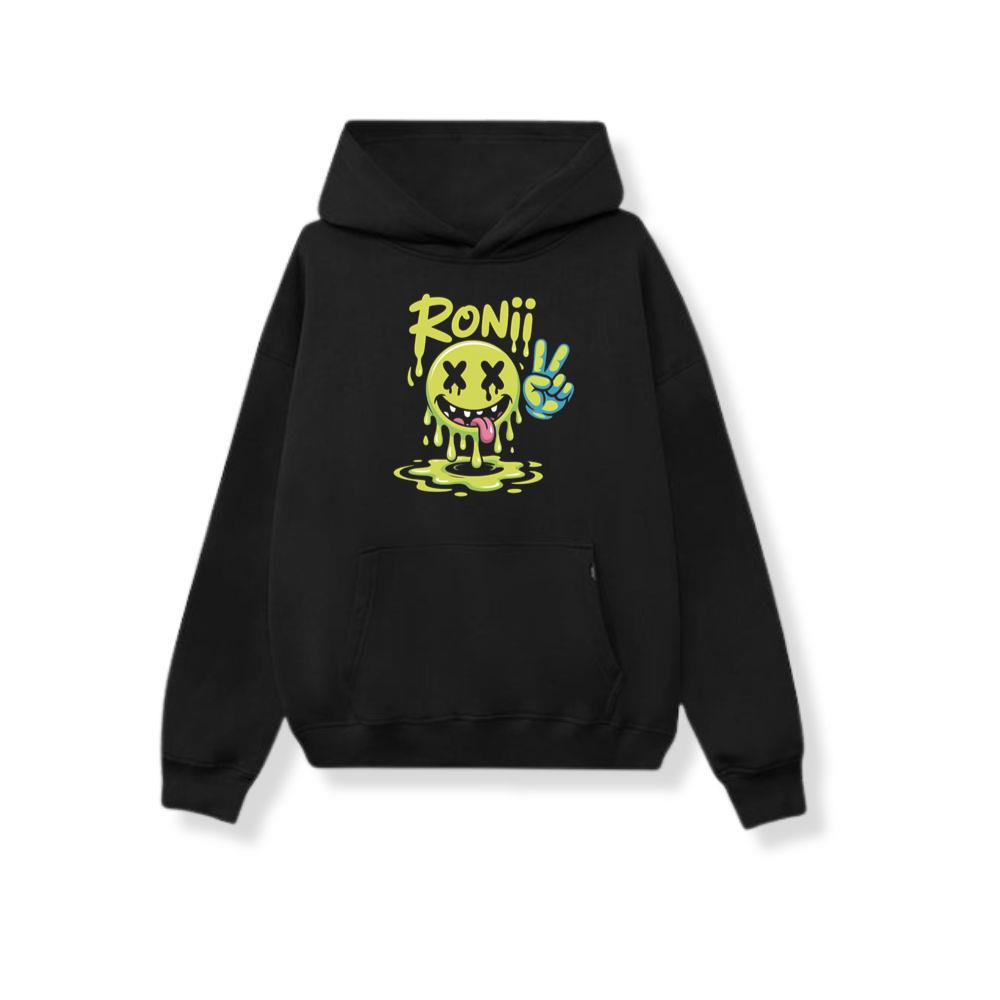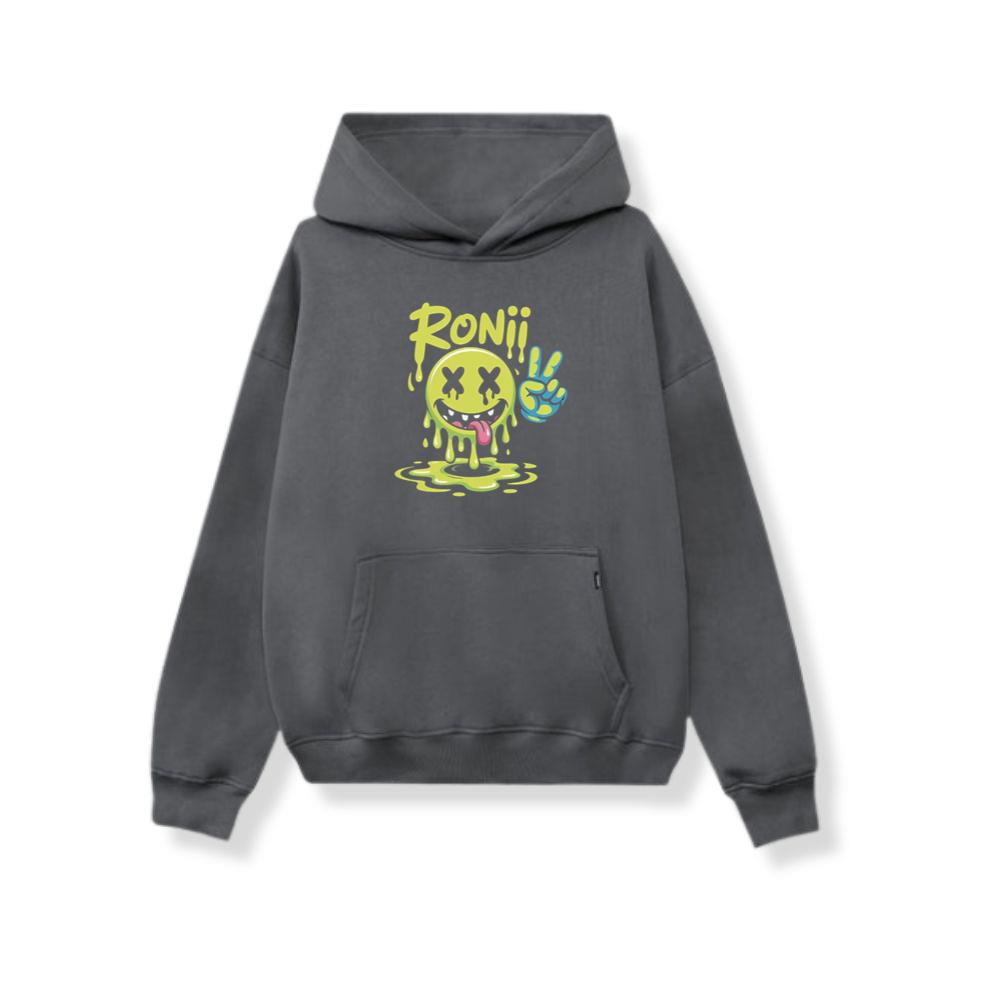I. A Piece of Cloth That Became Culture
It started as underwear.
A simple, white, cotton undergarment issued by the U.S. Navy in the early 1900s. No patterns, no logos — just practicality.
Yet, somewhere between the factory floor and Hollywood, the T-shirt transformed from function to fashion, from invisible to iconic.
By the time Marlon Brando wore one in A Streetcar Named Desire (1951), the world had witnessed something quietly revolutionary — simplicity as power.
The T-shirt no longer hid beneath clothes.
It was the outfit.
And from that moment, it never looked back.
II. The Power of Simplicity
There’s a reason why every wardrobe — no matter the person, gender, or culture — has a T-shirt.
It’s universal language in fabric form.
The magic lies in its simplicity.
- No buttons, no collars, no unnecessary details.
- Just clean lines, breathable cotton, and an effortless fit.
That simplicity allows expression — through graphics, cuts, and colors — while staying timeless.
A T-shirt can whisper or shout, depending on how you wear it.
It adapts to mood, era, and identity — a blank page that writes itself on your skin.
III. The Evolution Through Decades
1950s – Rebellion.
The white T-shirt became a rebellion symbol. Brando and James Dean turned it from underwear into a statement — clean but dangerous.
1960s – Expression.
Tie-dye, protest prints, and band logos turned the T-shirt into the voice of counterculture. It wasn’t fashion — it was freedom.
1970s – Identity.
Rock bands and skate culture adopted the tee as their uniform. It was a declaration of tribe — who you were and what you believed.
1980s – Branding.
Logos exploded. Calvin Klein, Nike, and Guess printed their names in bold across chests — fashion became self-advertising.
1990s – Oversized Cool.
Hip-hop shaped the streetwear silhouette. The tee grew wider, looser, more confident.
2000s – Graphic Explosion.
From Supreme to Stüssy, T-shirts became art canvases — collectible and expressive.
2020s – Minimalism Returns.
Now, we’ve come full circle — neutral tones, perfect fits, premium materials. The luxury T-shirt is the new uniform.
IV. The Anatomy of a Perfect Tee
A great T-shirt doesn’t scream for attention — it earns it quietly.
Here’s what separates a good tee from a perfect one:
- Fabric: 100% combed cotton or organic cotton for breathability and softness.
For premium feel — try Supima or Pima cotton. - Fit: Neither tight nor baggy. A slight drape over the shoulder, sleeves that end mid-bicep, and a body length that hits just below the waist.
- Neckline: Crewneck is timeless. V-neck for an edge. Boxy or mock neck for street-lux appeal.
- Color: Start with white, black, navy, and heather gray. Then explore olive, sand, or faded pastel.
- Feel: It should feel like second skin. If you have to think about comfort, it’s not the right tee.
It’s the attention to these details that makes simplicity look expensive.
V. The T-Shirt as Identity
The T-shirt is more than clothing — it’s storytelling.
You can trace decades of pop culture through its prints:
- The Woodstock tee of the 1960s.
- The Rolling Stones tongue in the 1970s.
- The MTV logo in the 1980s.
- The Supreme box logo in the 1990s.
- The Balenciaga oversized tee in the 2010s.
Each era left its mark — inked in cotton.
When you wear a tee, you’re not just dressing. You’re participating in history.
VI. The Minimalist Resurgence
In the post-streetwear world, people are rediscovering minimalism.
Brands like Sunspel, Everlane, and Uniqlo U lead the quiet revolution — focusing on quality fabric, structure, and feel.
A clean white tee with perfect weight and crisp drape can elevate anything — jeans, trousers, even a suit.
This movement celebrates subtlety.
It’s fashion growing up — trading flash for finesse.
VII. How to Style the Modern T-Shirt
The T-shirt is a chameleon. It adapts to any style. Here’s how to make it work across moods and settings:
1. Classic Casual
- White or black tee
- Blue jeans or chinos
- Clean sneakers
- Optional denim or bomber jacket
Simple. Confident. Undeniably timeless.
2. Street-Luxe
- Oversized tee
- Wide-leg cargos or tech pants
- Chunky sneakers or slides
- Layer with chain or cap
Effortless attitude, no overthinking.
3. Smart-Casual
- Fitted neutral tee (black, cream, or charcoal)
- Blazer or structured overshirt
- Tapered trousers
- Minimal loafers or boots
This is the new power move — comfort meets control.
4. Layered Aesthetics
- Longline tee under cropped jacket
- Different tone layers (white + beige, gray + navy)
- Subtle bracelet or rings
Layering adds depth without noise.
VIII. The Cultural Universality
From Tokyo to Paris, New York to Saigon, the T-shirt transcends borders.
It’s not bound by age, class, or language.
Designers treat it as the foundation of every wardrobe.
Artists use it as a gallery wall.
Activists use it as a billboard.
It’s democratic — fashion for everyone, equally.
In that sense, the T-shirt might be the most honest piece of clothing humanity ever made.
IX. Sustainability: The Next Frontier
Fast fashion’s rise turned T-shirts into disposable products — cheap, replaceable, and wasteful.
But the tide is turning.
Sustainable fashion brands are reinventing the T-shirt:
- Organic cotton farming (no toxic chemicals, less water).
- Recycled yarn blends to reduce waste.
- Fair trade manufacturing to ensure ethical labor.
- Natural dyes that don’t poison rivers.
The message: the future of comfort must also be conscious.
Because a shirt that lasts 5 years isn’t just durable — it’s ethical.
X. The Emotional Connection
Ever notice how we reach for certain tees again and again?
The faded one with the soft neckline. The concert tee from a night you’ll never forget.
That’s emotional design at work.
The T-shirt becomes part of your personal archive — the fabric of your life.
Worn-in cotton carries memory better than any photograph.
And that’s why we never truly “own” a T-shirt — it owns our stories.
XI. Genderless, Ageless, Endless
Like the hoodie, the T-shirt transcends gender.
It’s not men’s or women’s fashion — it’s human fashion.
The same tee looks powerful on anyone, depending on how it’s styled.
Rolled sleeves, tucked waist, oversized drape — the possibilities are infinite.
It’s the ultimate equalizer — a single piece that adapts to billions of lives.
XII. Technology and Fabric Innovation
The next evolution is already happening.
Brands are merging style and science:
- Moisture-wicking fabrics for comfort.
- Anti-odor technology for daily wear.
- Biodegradable fibers for sustainability.
- Seamless weaving for precision fit.
The T-shirt of the future won’t just look good — it’ll perform.
XIII. The Modern Symbol
Today’s tee is power disguised as humility.
A CEO in a T-shirt isn’t underdressed — he’s redefining authority.
A designer in a plain white tee isn’t being lazy — she’s trusting the essentials.
The T-shirt’s quiet confidence speaks louder than logos.
Because real style doesn’t demand attention — it earns it effortlessly.
XIV. Icons Who Defined the Tee
- Steve Jobs: Black turtleneck tee – minimalism as mindset.
- Kurt Cobain: Torn band tee – raw emotion as identity.
- Pharrell Williams: Streetwear graphics – creativity as culture.
- Hailey Bieber: Oversized white tee – comfort as luxury.
- David Beckham: Fitted basics – masculinity redefined.
Each one wore a tee differently — yet all made it iconic.
XV. The Timeless Rule
Trends fade. Cuts evolve. Fabrics change.
But the T-shirt stays.
It’s the one item that never leaves rotation — from youth to adulthood, from work to leisure.
And maybe that’s the secret.
It’s not trying to be special — it just is.
XVI. Final Reflection: The Soul of Simplicity
The T-shirt teaches us something profound about fashion — and life:
The simplest things, when done with care, endure the longest.
It doesn’t need embellishment to matter.
It just needs to fit your life, your values, your comfort.
Because in the end, style isn’t about standing out — it’s about feeling right.
And nothing feels more right than a perfect T-shirt.




